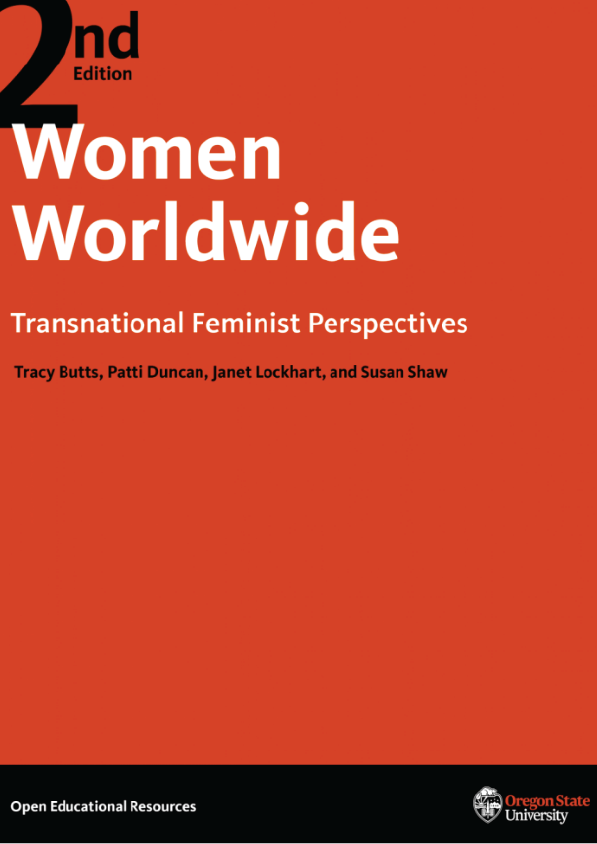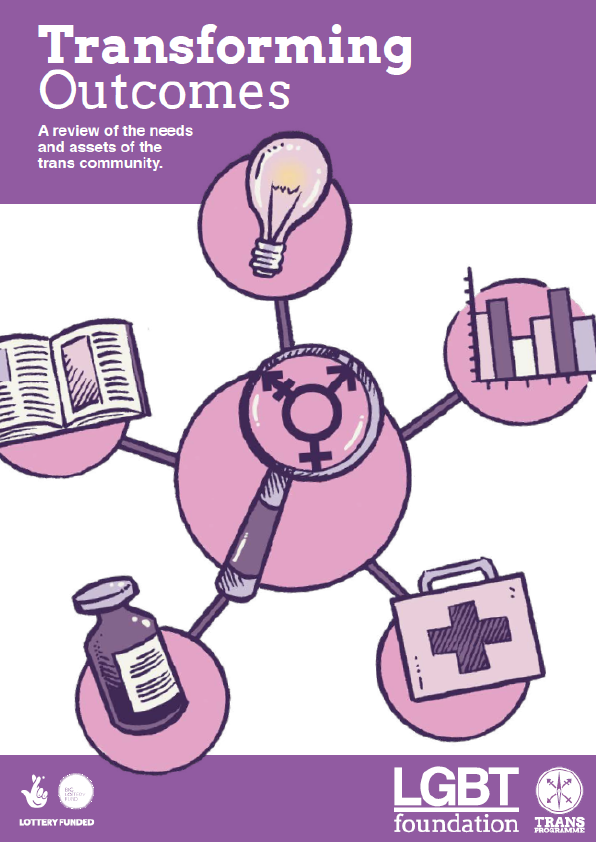Within the past decade, Global South nations have entered the new global economy by sending women across borders to work in wealthier countries and send home their wages as remittances. Rhacel Salazar Parreñas in her book Servants of Globalization (2015) studies migrant Filipino domestic workers who leave their own families behind to do the caretaking work of the global economy. Parreñas’s groundbreaking work discusses the invisibility of labor migration and transnational families. She explores the role of domestic workers and their labors, the separation from their children and children reunifying with their mothers, and the plight of the aging care workers.
Such feminization of labor is also linked to what Sassen refers to as “feminization of survival” (Sassen 2003, 59-77). The government of the Philippines, for example, sends women as care workers—in particular, nurses and domestic workers—as part of its national economic development program. While nurses are often considered part of the middle-class professional stream of migrants, two-thirds of the female migrants from Philippines are domestic workers. These women migrant workers go to Canada, China, Hong Kong, Italy, countries in the Middle East, and the United States. As a result, many of these migrant workers are often exploited as their cultures become displaced; this transaction becomes transnational given the multiple borders being crossed on both a geographical and bodily level. Not only are these migrant women exploited, but also their loss of relationship with their children constitutes a sacrifice. Valerie Francisco-Menchavez, in The Labor of Care: Filipina Migrants and Transnational Families in the Digital Age (2018), discusses her interviews and collaborations with a group of working migrant mothers from the Philippines. Francisco-Menchavez provides an analysis of the emotional sacrifices resulting from the separations between migrant workers and their children, and explores circuits of care for these transnational migrant mothers. She pays particular attention to how technologies like Facebook, Skype, and recorded video have opened up transformative ways of bridging distances produced by globalization while still supporting traditional family dynamics. All of these practices demonstrate what Sassen (2006) has called the “feminization of survival.” In “The Feminization of Survival: Alternative Global Circuits,” she writes.
Transnational in Transnational Feminist Research
Transnational feminist research is seen both as a radical and an essential framework that seeks to reveal connections and various forms of inequalities between the Global North and South. Given the histories of global colonialism and the forces of capitalism and globalization, such research allows transnational feminists to confront colonialism, imperialism, and neocolonialism and the multiple forms of political oppression based on gender and sexuality.
Transnational feminists also locate and articulate various intersections of power and domination across the globe. They critique many central sites of domination/subordination to determine where power is concentrated and how gender is defined within these various sites of power. Grewal and Kaplan refer to these sites as scattered hegemonies. As the understanding of feminism and its intersections with movement continued, the theory termed “transnational feminism” was first used by Grewal and Kaplan in their book Scattered Hegemonies: Postmodernity and Transna10 tional Feminist Practices, which situated transnational feminism among other theories of feminism, modernity, and postmodernity. Grewal and Kaplan remind us that Here, “scattered hegemonies” suggests a way of thinking about dominations across the globe from various disciplines. Grewal and Kaplan urge critics to consider and locate these ways of thinking by taking in multiple and intersectional perspectives and reading them side by side, rather than developing an entirely new and singular definition.











